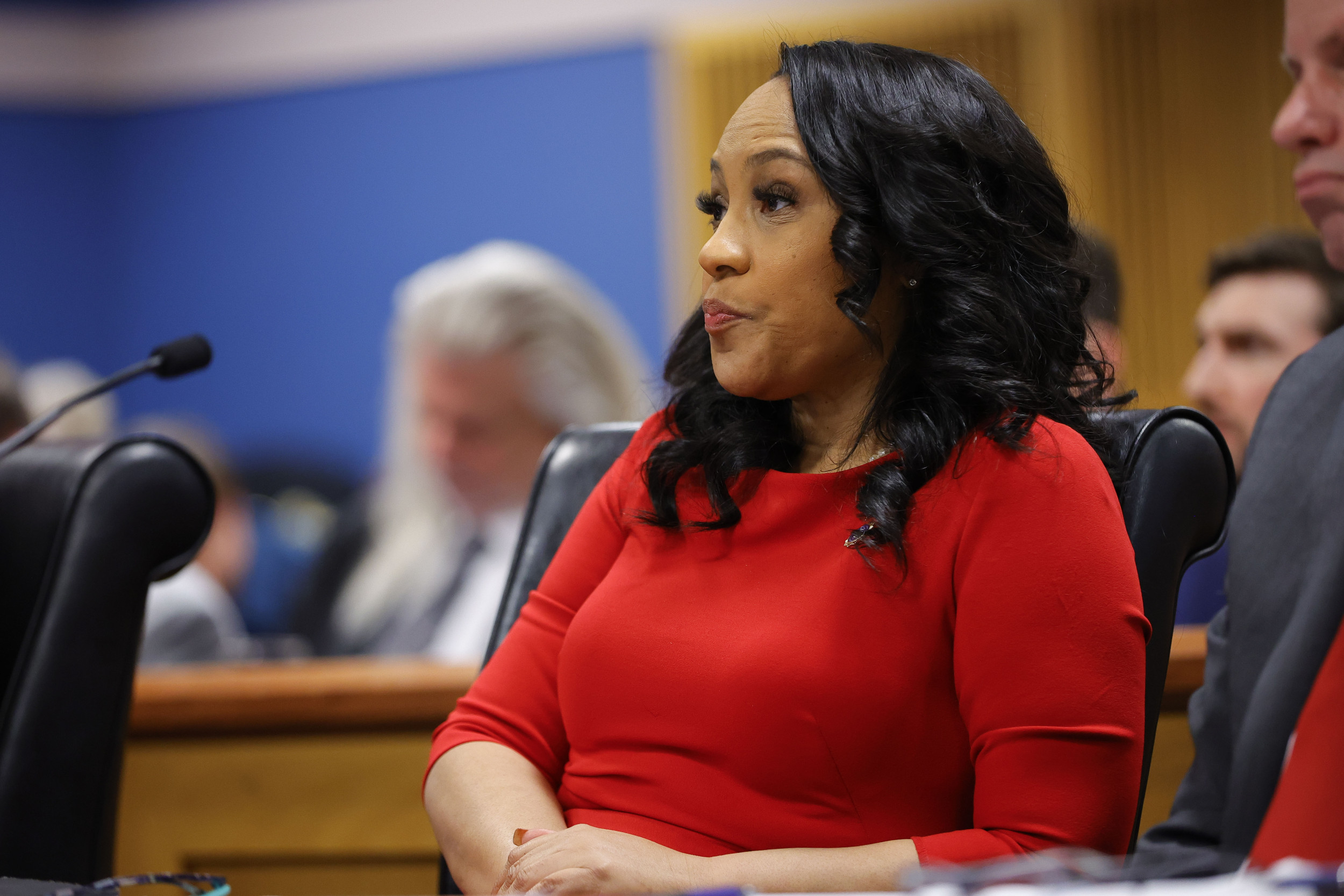Today, millions of people are at their local markets making tough choices—buying less food and determining how they can stretch their budgets into more meals.
Today, millions of farmers will watch their farmland go untended, hindered by the skyrocketing cost of fertilizer.
Today, millions of children will go to bed hungry.
This is what a broken food system looks like.
Our global food systems include all people, processes, and infrastructure needed to feed our world. It encompasses all the producers, processors, transportation, and distributors that take our food from the field to the market or grocery store. It includes the corporations that largely determine what we eat. And it includes us, the consumers.
Every one of us participates in the global food supply chain, one that is vulnerable to disruptions from climate change and environmental degradation, geo-politics and violent conflict, and economic downturns as well as inefficiency and waste.
Our global food system feeds billions of people every day. But not everyone has access to healthy, nutritious foods. Millions of families around the world are without access to basic nutrition. When our food systems break down, as it has this year due to the war in Ukraine and flooding in Pakistan, food prices skyrocket, and famine rises. The ripple effect lasts for years.

While the world scrambles to support the communities experiencing famine, we must also strengthen our food systems to withstand future shocks. We cannot trade long term progress for immediate solutions. We must do both. And it's especially critical for us to strengthen our food systems, starting at the local level, as catastrophes continue to happen with increasing frequencies.
Let us also remember that local communities have extraordinary power to solve their own challenges. We at The Hunger Project have been working with communities in rural areas of Africa, Asia and Latin America for over four decades to develop long-term solutions to improve food systems. Drawing from this work and my colleagues' on-the-ground experience around the world, I believe there are three areas the world should invest in order to build resilience in our global food system.
First, we must take care of our land. Just as indigenous land management is being identified as an effective way to mitigate and adapt to the effects of the climate crisis, caring for our soil is essential to continue feeding our planet. Indigenous, climate-resilient crops use less agro-inputs such as chemical fertilizers and pesticides, and they also have high nutritional value. For example, smallholder farmers in Uganda are leveraging organic manure and other natural plant residues as fertilizers and pesticides on their farms—a more sustainable method of cultivation which shows their characteristic resilience and ingenuity, and preserves the soil for future harvests
Next, we must invest in small-scale farmers, especially young farmers, who represent the future of agriculture. When we support their ability to grow their own crops, we strengthen local markets—and lessen the global impact on climate because food is grown and harvested closer to the people who need it. We must also support women, who provide the majority of agricultural labor but continue to account for most of the world's hungry, with the tools to become change agents in the fight to end hunger, on both a regional and a national scale.
Finally, and perhaps most importantly, we must dispel the notion of hunger as a naturally occurring phenomenon. When speaking about the global food crisis, many people use the phrase "lack of access" to describe the communities who are most affected by hunger and poverty. But, as we at The Hunger Project have said before, there is no such thing as lack of access—only denial of access. A global food system must mean that everyone—regardless of nation or income—has available healthy food. To be free from hunger is a human right and there must be accountability for those actors who shirk their responsibility through incompetence or for profit.
Building sustainable local food systems has a ripple effect: enhanced biodiversity, better management of natural resources and increased access to markets for farmers. It creates more inclusive global and local food value chains—and promotes social sustainability. It means women, consumers and smallholder farmers can continue to build resilient and thriving communities.
We have a choice to uphold or dismantle our broken food systems, and although it will take a global effort to solve this global problem, investing in community-grounded solutions can provide a path to a future free from hunger.
We all must recognize our role in creating a better, more resilient food system for all.
Tim Prewitt is a food security expert and the president and CEO of The Hunger Project.
The views expressed in this article are the writer's own.
Uncommon Knowledge
Newsweek is committed to challenging conventional wisdom and finding connections in the search for common ground.
Newsweek is committed to challenging conventional wisdom and finding connections in the search for common ground.
About the writer
To read how Newsweek uses AI as a newsroom tool, Click here.





